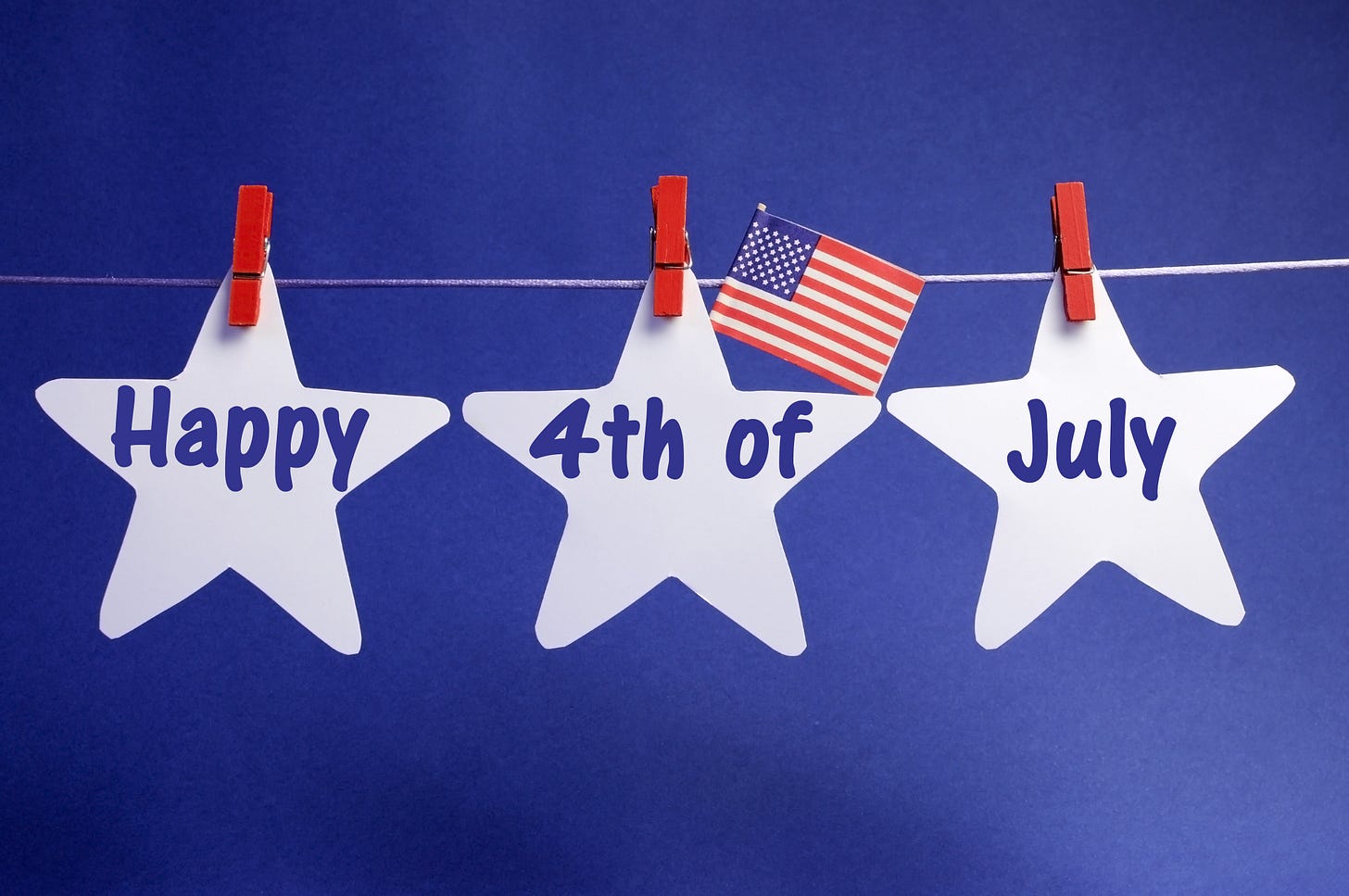Love, Money + Real Estate #15
The July 4th Edition: Fireworks, food, and some hope-filled optimism
Hello. Welcome to Summer.
I’ve always felt that Independence Day is the official start of Summer. We throw all our cares (of which there are plenty) to the side and celebrate our country’s birth with renewed vigor. Fireworks, if you’re lucky enough to find them this year, help. They’re actually my favorite thing, so I’ll go a long way to see them.
So, d…
Keep reading with a 7-day free trial
Subscribe to Love, Money + Real Estate to keep reading this post and get 7 days of free access to the full post archives.



